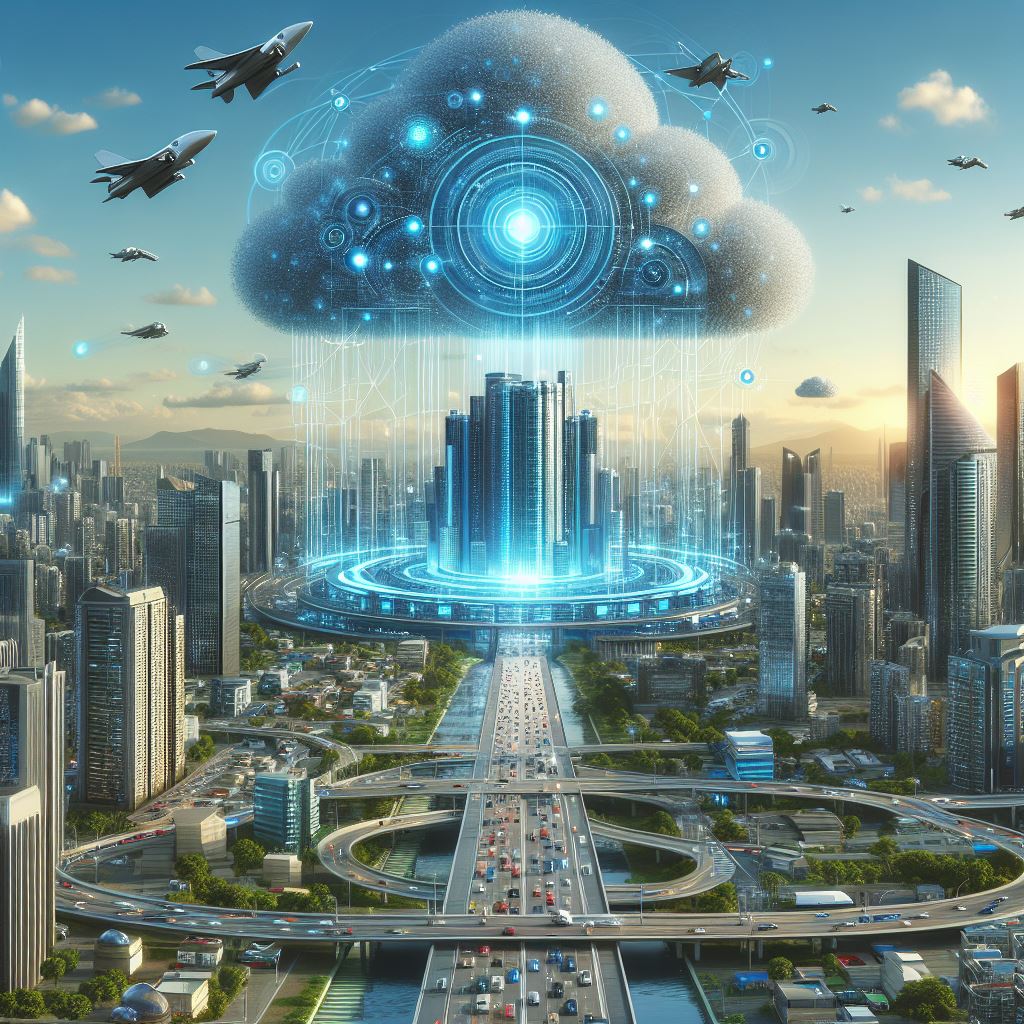Graph RAG and Knowledge Graphs: The Future of Intelligent AI Systems
 Code Sky
Code Sky
Introduction
In the rapidly evolving field of Artificial Intelligence, two powerful concepts are converging to create smarter, context-aware systems: Knowledge Graphs and Retrieval-Augmented Generation (RAG). Their integration — known as Graph RAG — is pushing the boundaries of what AI can do in terms of accuracy, explainability, and contextual understanding.
This blog explores the concepts of Knowledge Graphs, Graph RAG, and how their synergy is unlocking new possibilities across industries.
What is a Knowledge Graph?
A Knowledge Graph (KG) is a structured network of real-world entities — such as people, places, companies, or concepts — and their interrelations. These graphs provide context and semantics, allowing machines to understand information in a way similar to how humans connect facts.
Components of a Knowledge Graph
Entities (Nodes): Represent objects or concepts (e.g., “Microsoft”, “Sachin”, “Yoga”).
Relationships (Edges): Define how entities are connected (e.g., “works at”, “located in”, “teaches”).
Attributes: Metadata or properties of entities (e.g., birthdate, location).
Example:
[Sachin] --works at--> [Microsoft]
--teaches--> [Yoga]
--lives in--> [Mumbai]
Knowledge Graphs are used by companies like Google, Amazon, and Facebook to power search, recommendations, and digital assistants.
From RAG to Graph RAG
What is Retrieval-Augmented Generation (RAG)?
RAG is a hybrid approach that combines:
Retrieval-based models (that fetch relevant information from external sources), and
Generative models (like GPT, which create natural language responses).
Traditional RAG fetches chunks of unstructured text (like documents or web pages), and passes them to a large language model (LLM) to generate a response.
Limitations of Traditional RAG:
May retrieve irrelevant or redundant chunks.
Lacks structured reasoning.
Hard to trace the source of information.
What is Graph RAG?
Graph RAG enhances this process by integrating Knowledge Graphs into the retrieval step.
How Graph RAG Works:
Query Understanding: User input is converted into an intent or graph query.
Graph Traversal: Search the Knowledge Graph to find relevant entities and relationships.
Structured Retrieval: Retrieve high-quality, structured information.
LLM Generation: Use this information to generate an accurate and context-rich response.
Illustration:
User Query: “Who is the CEO of Microsoft?”
Traditional RAG: Fetches documents mentioning Microsoft.
Graph RAG:
Finds entity: Microsoft
Traverses relation: has CEO
Retrieves: Satya Nadella
Generates response: “The CEO of Microsoft is Satya Nadella.”
Why Graph RAG is a Game Changer
1. Precision & Relevance
Structured data avoids hallucinations common in LLMs, especially for factual queries.
2. Explainability
Because data comes from a graph, it's traceable and auditable. This is key in regulated industries like healthcare and finance.
3. Semantic Understanding
Graphs allow reasoning over relationships, enabling contextual responses that go beyond keyword matching.
4. Dynamic Updates
Knowledge graphs can be updated independently of the LLM model, keeping the system current.
Use Cases of Graph RAG
Healthcare
Patient data represented as a knowledge graph
Answer questions like: “What medications conflict with Ibuprofen?”
Graph ensures clinical accuracy and traceability
Financial Services
Query entity relationships: “List all companies where CEO changed in last 6 months.”
Combines real-time data and business logic
Enterprise Search
Employees ask: “Who leads AI initiatives in Europe?”
Graph reveals org chart + roles + regions
Challenges in Graph RAG
Graph construction: Requires domain expertise and data integration.
Query translation: Mapping natural language to graph traversal is non-trivial.
Scalability: Managing large graphs and ensuring low-latency queries is a technical challenge.
The Road Ahead
Graph RAG is part of the broader movement toward neuro-symbolic AI — combining neural networks (for language) with symbolic reasoning (from graphs). As enterprises embrace LLMs, Graph RAG offers a path to more reliable, explainable, and industry-specific applications.
Conclusion
By marrying the power of Knowledge Graphs with the language capabilities of LLMs through Graph RAG, we can create systems that don’t just sound intelligent — they reason intelligently.
Whether you're building AI solutions in healthcare, finance, legal, or enterprise knowledge management, Graph RAG is a framework worth exploring.
Subscribe to my newsletter
Read articles from Code Sky directly inside your inbox. Subscribe to the newsletter, and don't miss out.
Written by

Code Sky
Code Sky
Tech Enthusiast | 19+ Years in IT | Security, Coding, Trends With over 19 years of experience in the ever-evolving world of Information Technology, I’m passionate about staying ahead of the curve. From mastering secure coding practices to exploring the latest trends in AI, cloud computing, and cybersecurity, my mission is to share valuable insights, practical tips, and the latest industry updates. Whether it's about writing cleaner, more efficient code or enhancing security protocols, I aim to empower developers and IT professionals to excel in their careers while keeping pace with the rapidly changing tech landscape.